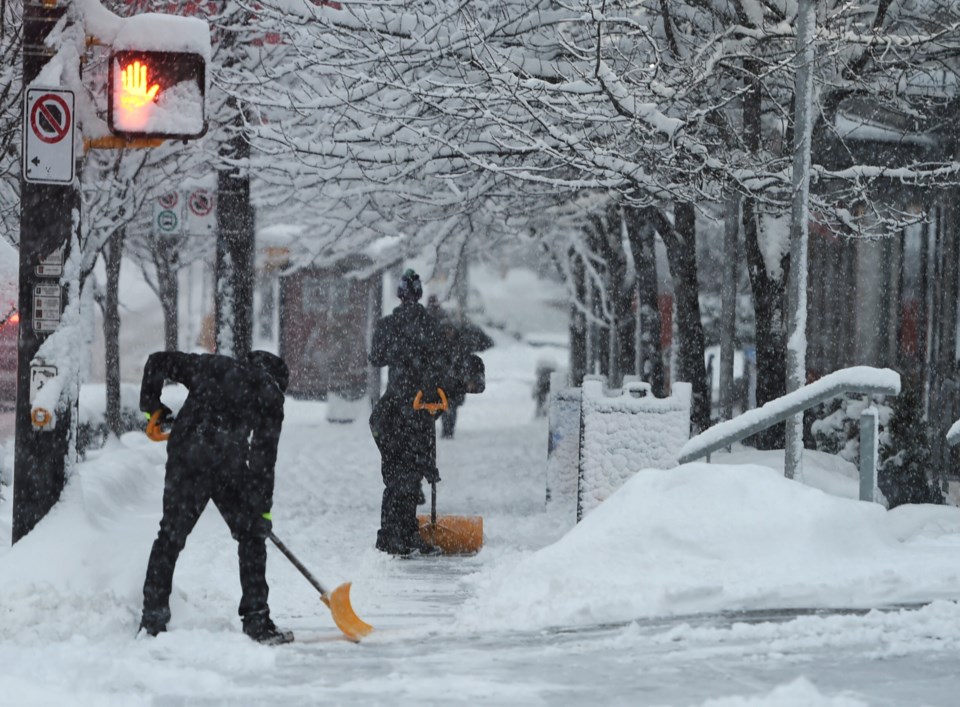Following one of Metro Vancouver's warmest Decembers and record-breaking daytime highs at the end of January, meteorologists say El Niño has played a significant role this winter. That said, many of the extreme weather moments in January were impacted by forces outside of the weather phenomenon.
For example, the bone-chilling cold was brought in courtesy of a potent arctic front while a Pineapple Express brought mild temperatures and abundant rainfall to the region at the end of January. Environment Canada will assess the full impact El Niño had on the region once the winter season wraps up on March 1.
But El Niño, which is the appearance of warmer than normal waters in the Pacific, may transition to the opposite weather event ahead of next winter.
La Niña, "the girl" in Spanish, names the "appearance of cooler than normal waters" in the equatorial Pacific Ocean, according to the Canadian government. In winters where this is observed, Metro Vancouver tends to see more snowfall and cooler temperatures, making it a boon for alpine enthusiasts.
Most global weather models currently show that El Niño will transition to ENSO-neutral sometime around May and then to a La Niña pattern by July through September, according to The International Research Institute for Climate and Society.
Long-term Metro Vancouver weather forecast: Is La Niña returning next winter?
Environment Canada meteorologist Armel Castellan told V.I.A. that it is still a bit early to say whether or not La Niña will influence regional weather in winter 2024-25. While many of the models agree on this possibility, El Niño is still affecting the Lower Mainland and there are still several months to go before it will transition out.
The probabilities are strong, with the models indicating a 50 to 60 per cent chance of a La Niña year. But at this point, the prediction could "end up being wrong," he noted.
"I don't think it's 100 per cent."
Environment Canada will "reserve full commentary" on the weather phenomenon's impacts until the current winter is over and it has more confidence in the forecast.
Castellan adds that La Niña years — while generally cooler overall — may still feature warm weather anomalies. For example, Metro Vancouver experienced three consecutive La Niña years that all looked quite different. In one of them, five weeks were quite warm, marking a departure from the cooler-than-average prediction.
Similarly, this year's El Niño season saw a warmer-than-average winter but record-breaking cold temperatures in January.
"It is still early days," Castellan underscored.




